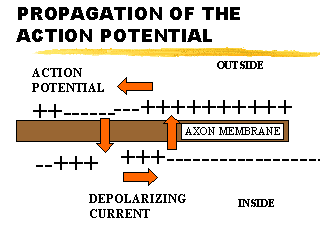
The more features you add to your track, the more initial potential energy the marble will need to make it through all of them without stopping. If you added a straight piece of track at the bottom of your loop, you could observe how the marble gradually rolled to a stop due to friction. When the marble goes back up the loop its height increases again and its velocity decreases, changing kinetic energy into potential energy. As the marble rolls down the hill its potential energy is converted to kinetic energy (its height decreases, but its velocity increases). If you watch the marble closely, you might be able to see that it is going the fastest right at the bottom of the hill before it enters the loop. You need to start the marble higher than the top of the loop so it has enough extra energy to get the whole way through the loop without stopping. This happens because some energy is always lost to friction as the marble rolls down the track. You should have found that the marble had to start higher than the top of the loop in order to make it the whole way through the loop. How far does the marble roll before friction brings it to a stop?
Action potential physics science experiment free#

At least one glass marble (or other small heavy ball that will roll easily through the foam insulation, such as a metal ball bearing).Foam pipe insulation (1.5 inches in diameter, at least 6 feet in length-or more if you would like to eventually add more features to your roller coaster).This is why you can rub your hands together to warm them up-friction converts energy from your moving hands into heat!ĭoes conservation of energy restrict a roller coaster's movement? For example, can a roller coaster ever go through a loop that is taller than its initial hill? Try this project to find out! If energy isn't created or destroyed, where does that energy go? It is converted into heat.

Eventually it slows down because of friction (a combination of air resistance and contact with the track). We know from experience, however, that a roller coaster doesn't keep going forever. This principle is known as conservation of energy. Energy is never created or destroyed-it just converts from one form to another. Whenever it goes up it gains more potential energy with height but loses kinetic energy as it slows down. This process repeats as the car goes through hills, loops, twists and turns. The potential energy is converted to kinetic energy. Then it drops down the other side of the hill and starts going very fast as its height rapidly decreases. It moves over the top of the hill very slowly, so it has almost no kinetic energy. When a roller-coaster car reaches the very top of its first big hill it has a lot of potential energy because it is very high off the ground. Kinetic energy is the energy an object has because of its mass and its velocity. Gravitational potential energy is the energy an object has stored because of its mass and its height off the ground. Roller coasters rely on two types of energy to operate: gravitational potential energy and kinetic energy.

How much energy does a roller coaster need to go through a loop without getting stuck? Build your own marble roller coaster in this project and find out!


 0 kommentar(er)
0 kommentar(er)
